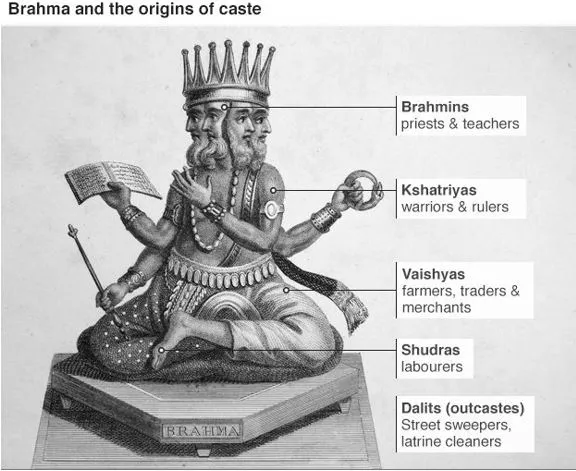

22nd August 2024 (11 Topics)
Context
The discussion surrounding the inclusion of caste enumeration in the upcoming Census has intensified recently. The Union government has yet to finalize its decision on conducting the next Census, but there is active discourse about expanding the data collection to include caste data beyond just Scheduled Castes (SCs) and Scheduled Tribes (STs).
What is the Census and Its Significance?
- The Census of India is a decadal process conducted by the Ministry of Home Affairs in collaboration with the Ministry of Statistics and Programme Implementation.
- It involves collecting, analyzing, and disseminating data on the country’s population, covering demographic, economic, and social aspects.
- The Census was last held in 2011. The National Population Register (NPR)is also to be updated simultaneously with the first phase of the Census.
- While Census is a Union subject, the Collection of Statistics Act, 2008 empowers States and even local bodies to gather the necessary statistics.
So, individual States can always do Caste surveys like Karnataka (2015) and Bihar (2023) did.
Significance:
- Policy Making: It provides essential data for crafting policies and allocating resources effectively.
- Welfare Schemes: It is crucial for identifying beneficiaries for various welfare programs, including the Public Distribution System (PDS), education, and health services. The following surveys/schemes need census data to determine their samples
- Consumption survey
- National Family Health Survey
- PLFS
- Household social consumption on education
- National Food Security Act
- National Social Assistance Programme
- Delimitation of constituencies
- Delimitation: It assists in the redrawing of electoral constituencies.
- Socio-Economic Planning: It helps in planning and implementing socio-economic programs by providing a comprehensive overview of the population.
What is the Need for a Caste Census?
- Social Necessity: Caste remains a significant factor in social interactions, marriage, and political decisions in India. Only about 5% of Indian marriages were inter-caste as of 2011-12.
- Bihar was one of the first States to conduct and publish a caste census report in 2023.
- Legal Necessity: Accurate caste data is crucial for implementing and monitoring reservation policies in education, employment, and political representation. Supreme Court rulings (Indra Sawhney v. Union of India (1992), M. Nagaraj v. Union of India (2006), J.K. Industries Ltd. v. Union of India (2007), State of Uttar Pradesh v. Pradhan Sangh (2008), Vikram Dev Dutt v. Union of India (2022)) have emphasized the need for detailed caste data to uphold and define backward class reservations.
- Administrative Necessity: It helps prevent wrongful inclusion or exclusion of castes in reservation categories. It is needed for creating sub-categories within reservations and for assessing the creamy layer.
- Moral Necessity: It addresses disparities and ensures that benefits and resources are distributed fairly, preventing the dominance of certain castes.
|
Arguments For Caste Census |
Arguments Against Caste Census |
|
Caste remains a significant social factor affecting various aspects of life. |
The enumeration may exacerbate existing social divisions. |
|
Necessary for implementing constitutional reservation policies effectively. |
Managing enumeration of numerous state-specific castes can be complex |
|
Helps in accurate allocation and avoids wrongful inclusions/exclusions in reservations. |
May lead to increased and potentially arbitrary demands for reservations. |
|
Addresses issues of equity and prevents disproportionate benefits to dominant castes |
Caste was not enumerated post-Independence, and social changes may not necessitate its return. |
Fact Box: India’s Caste System
|
More Articles



